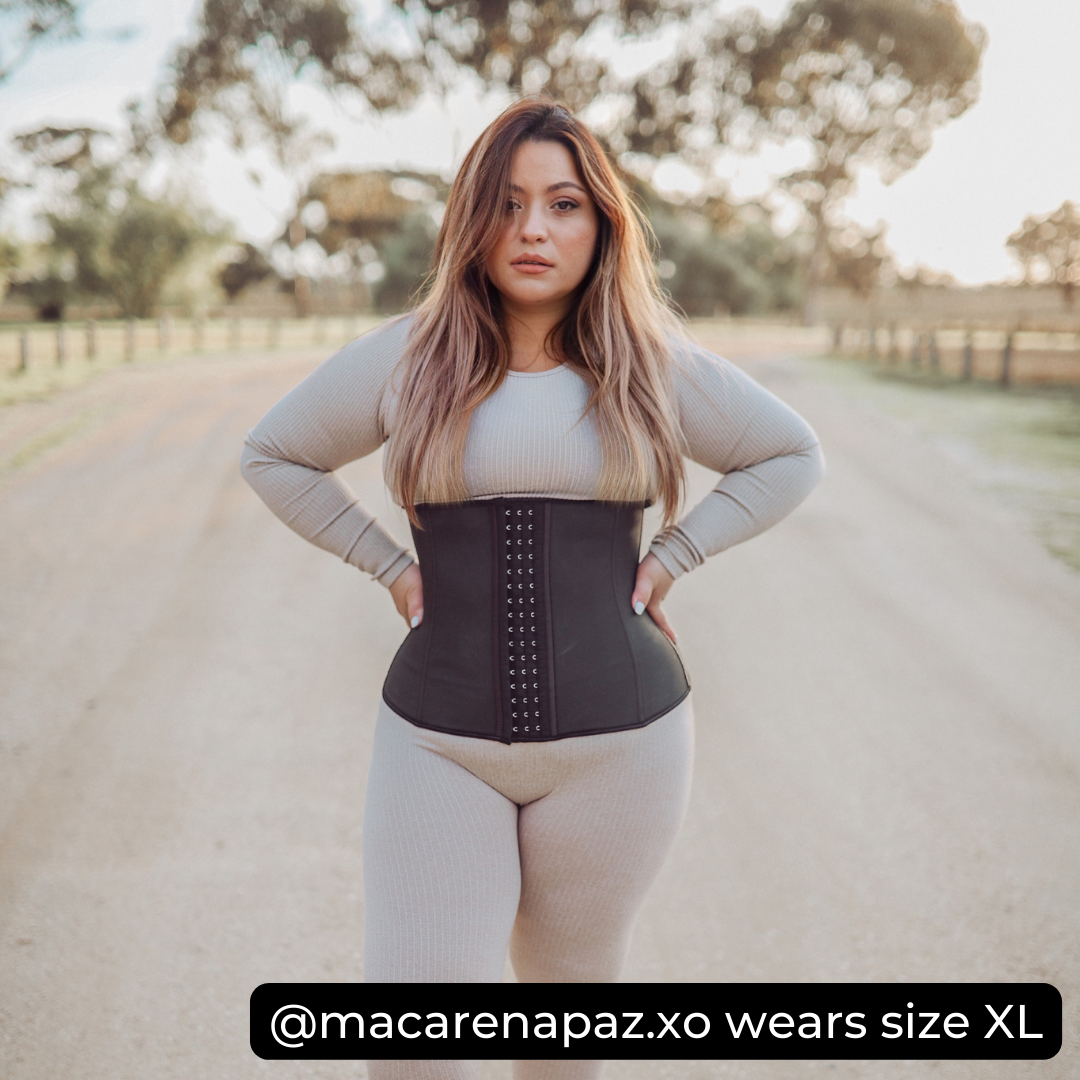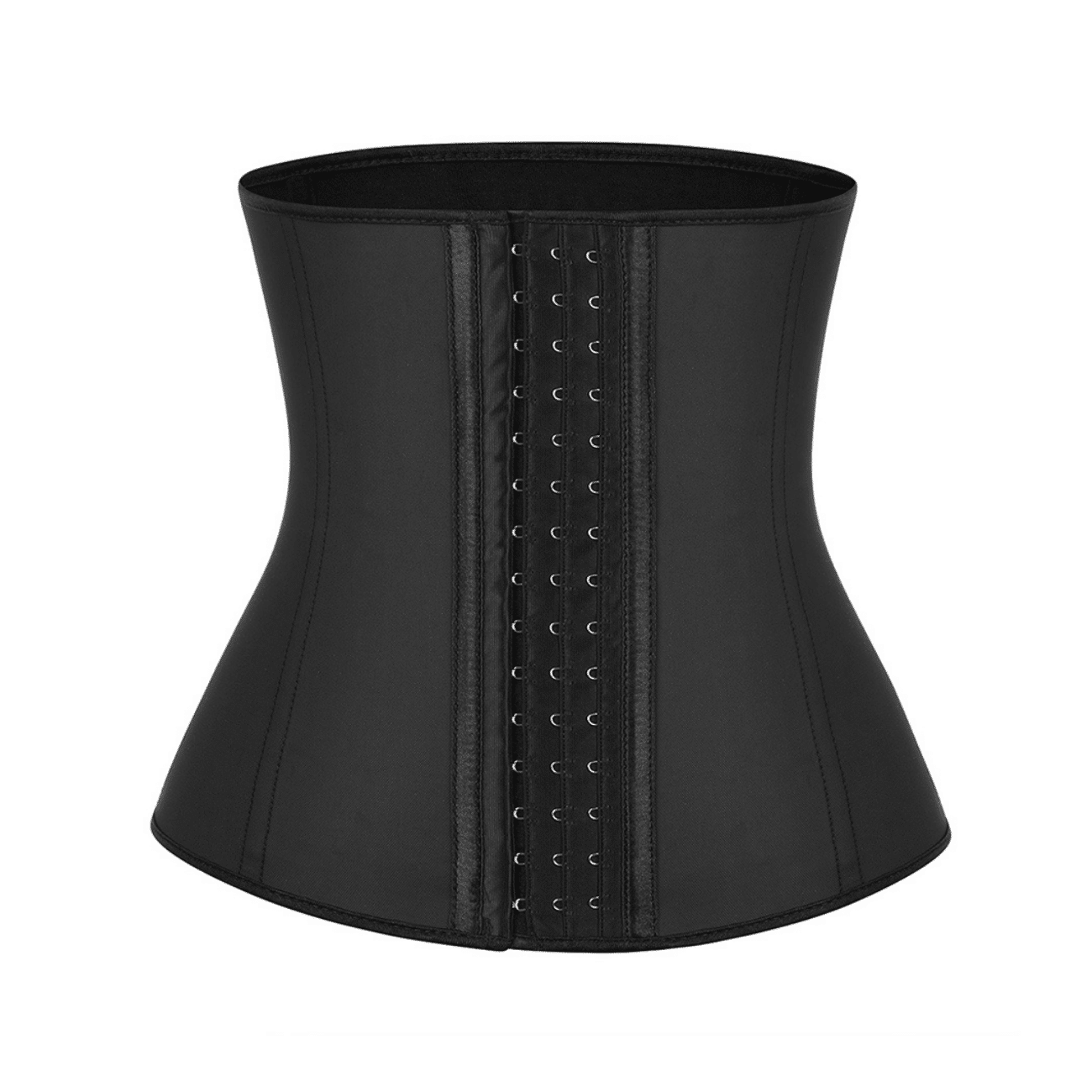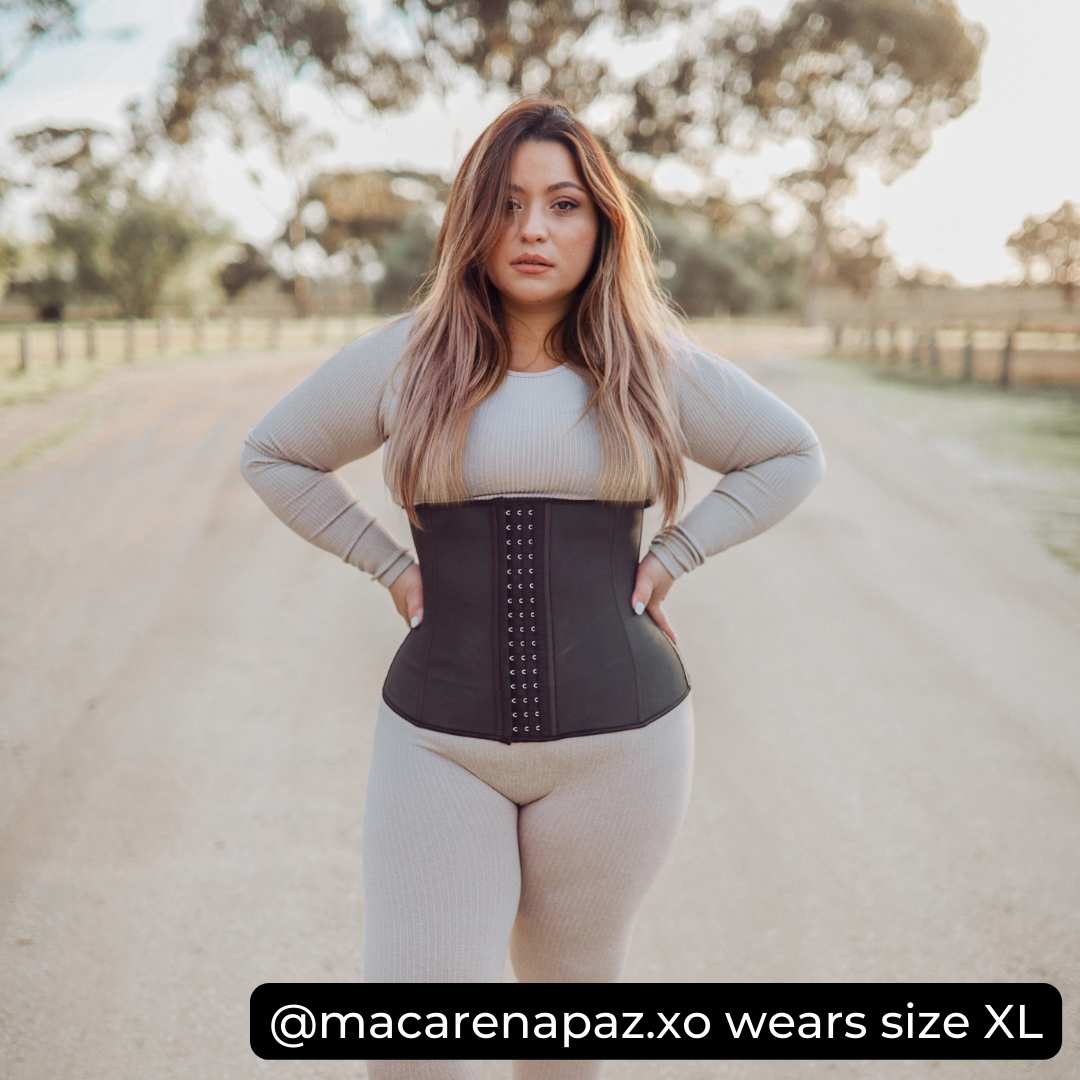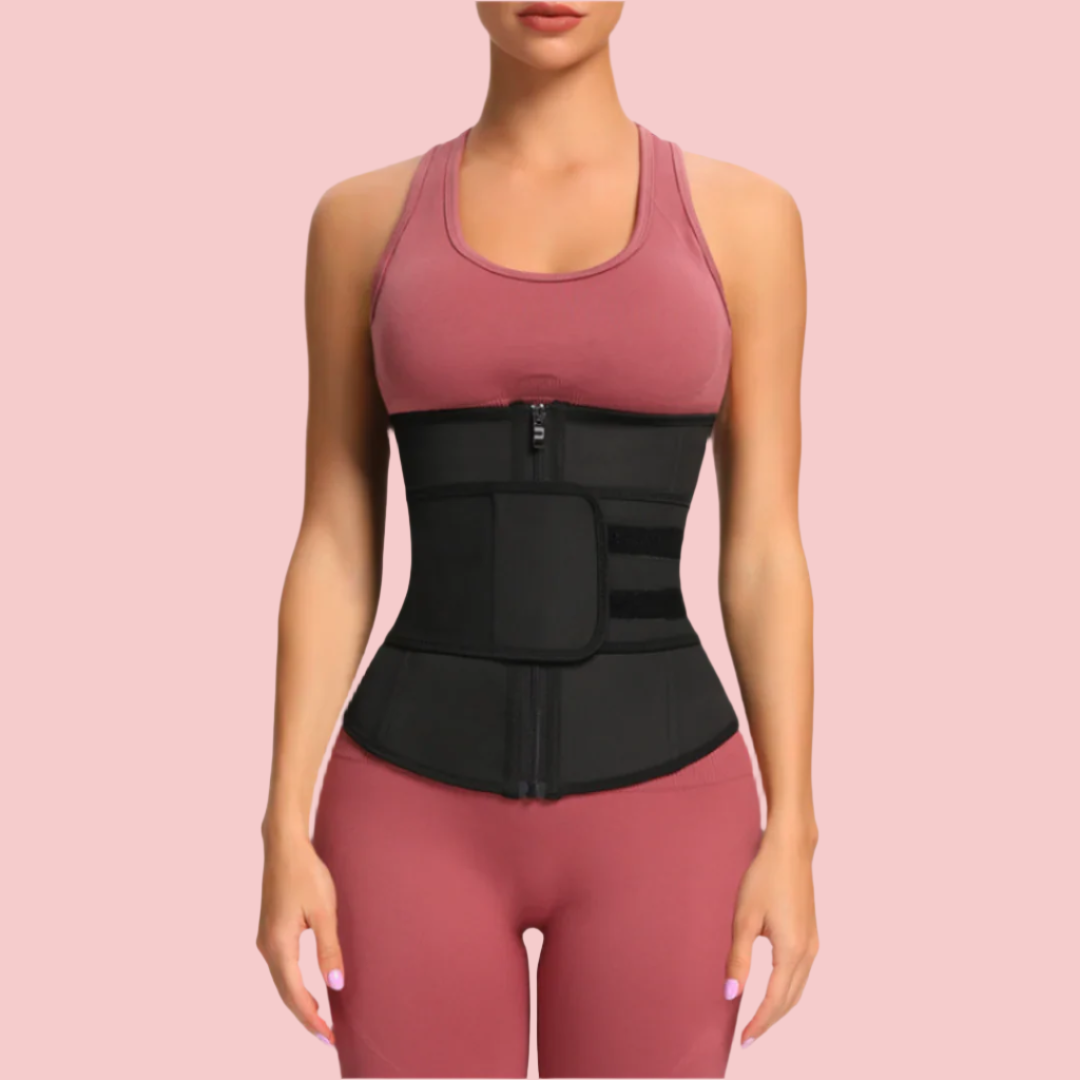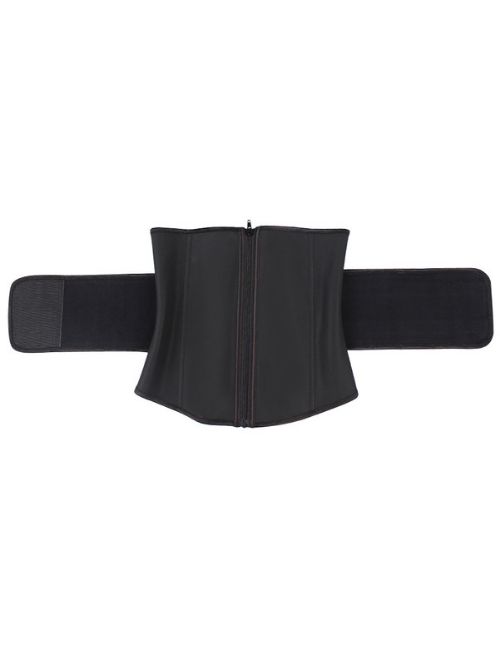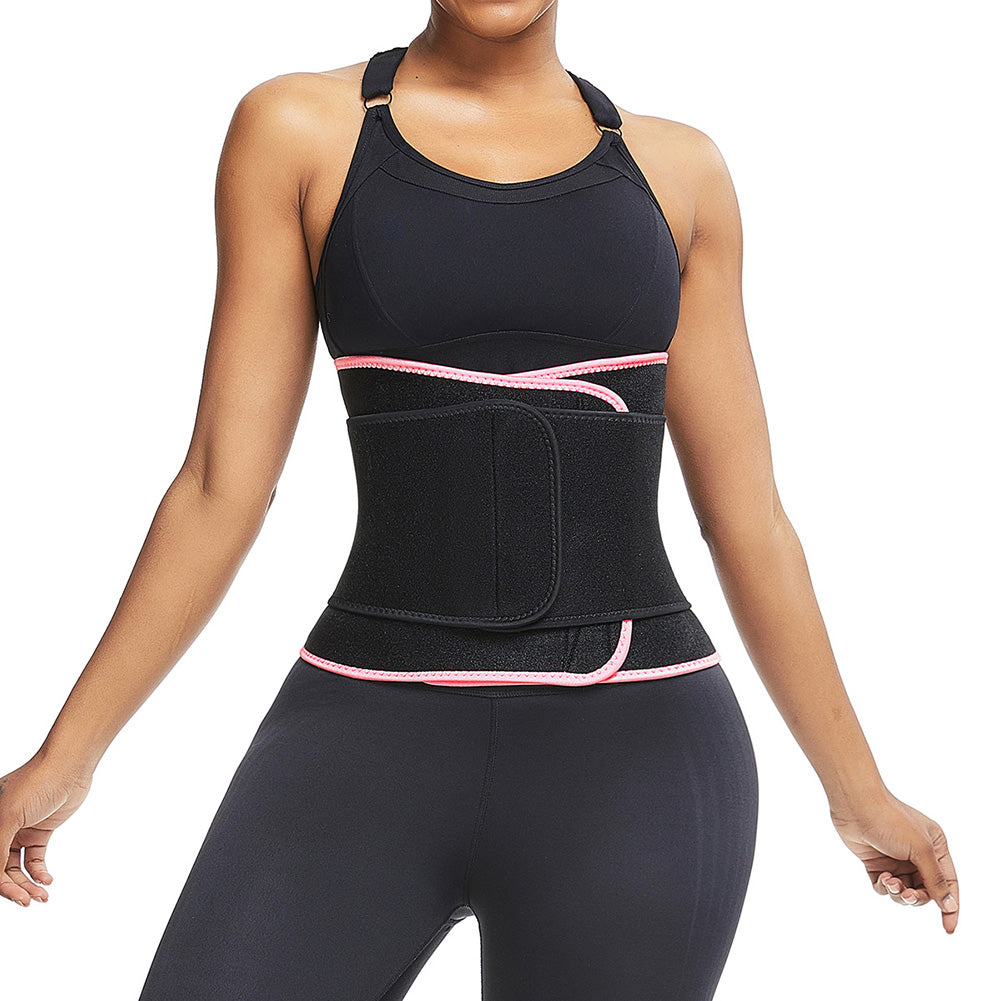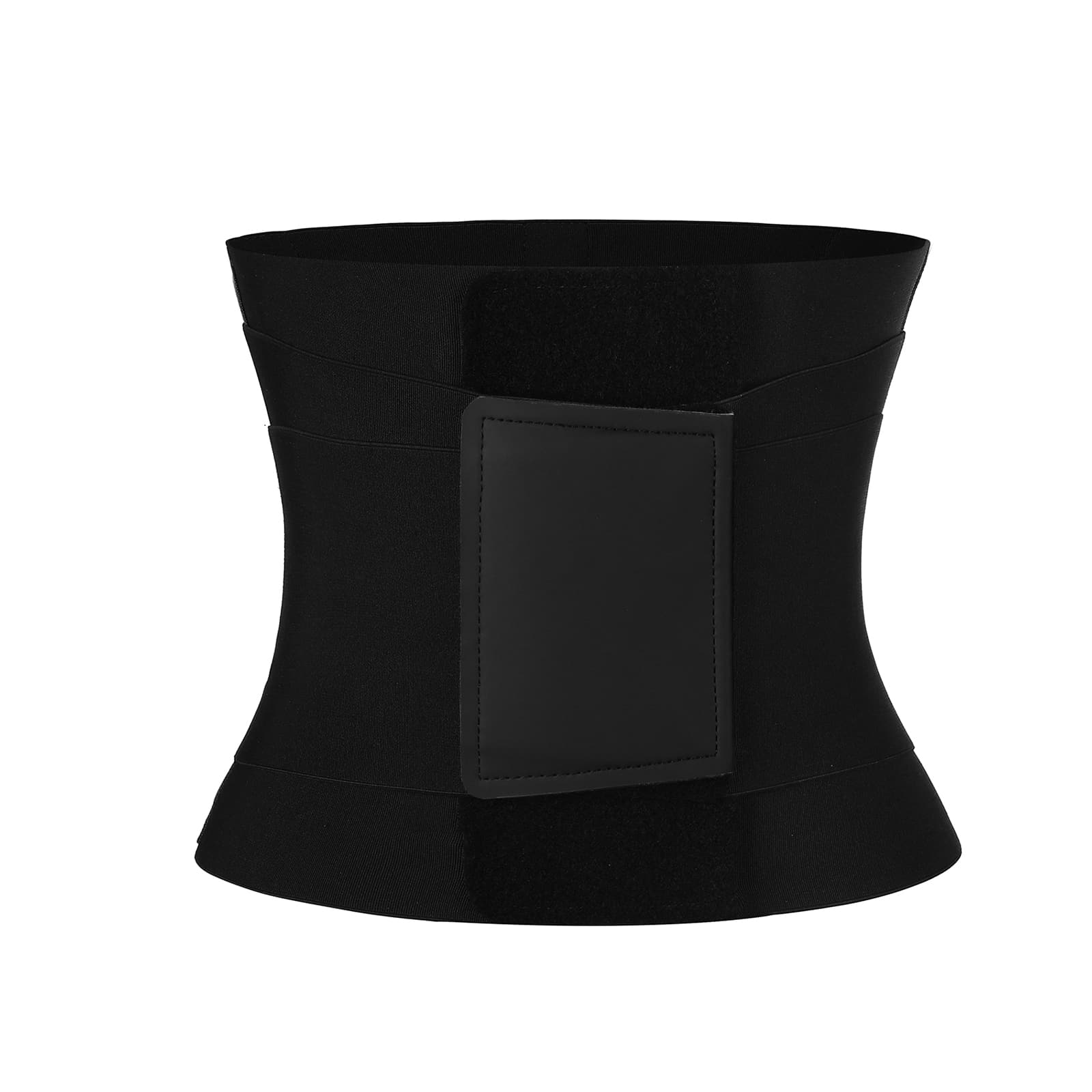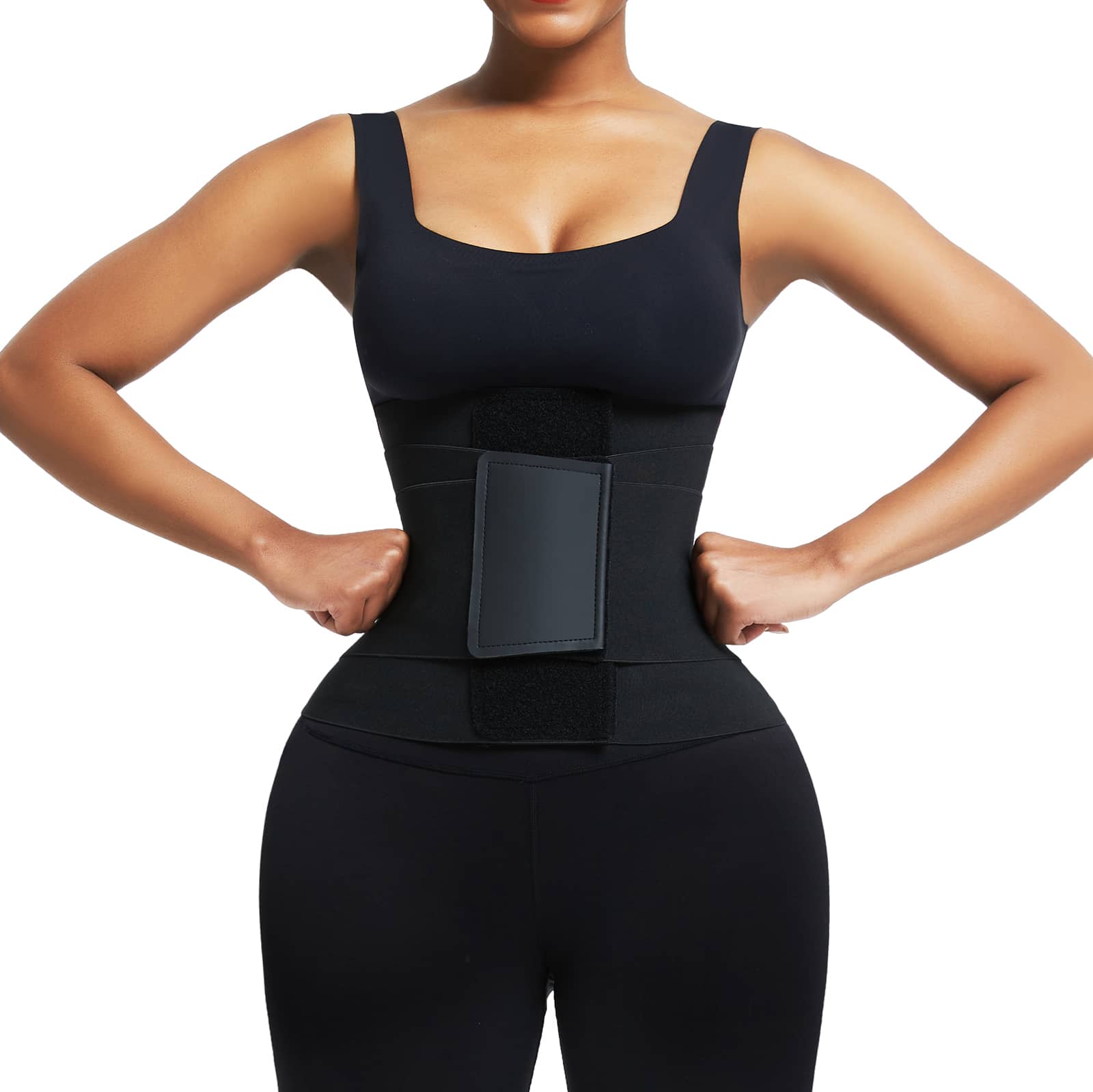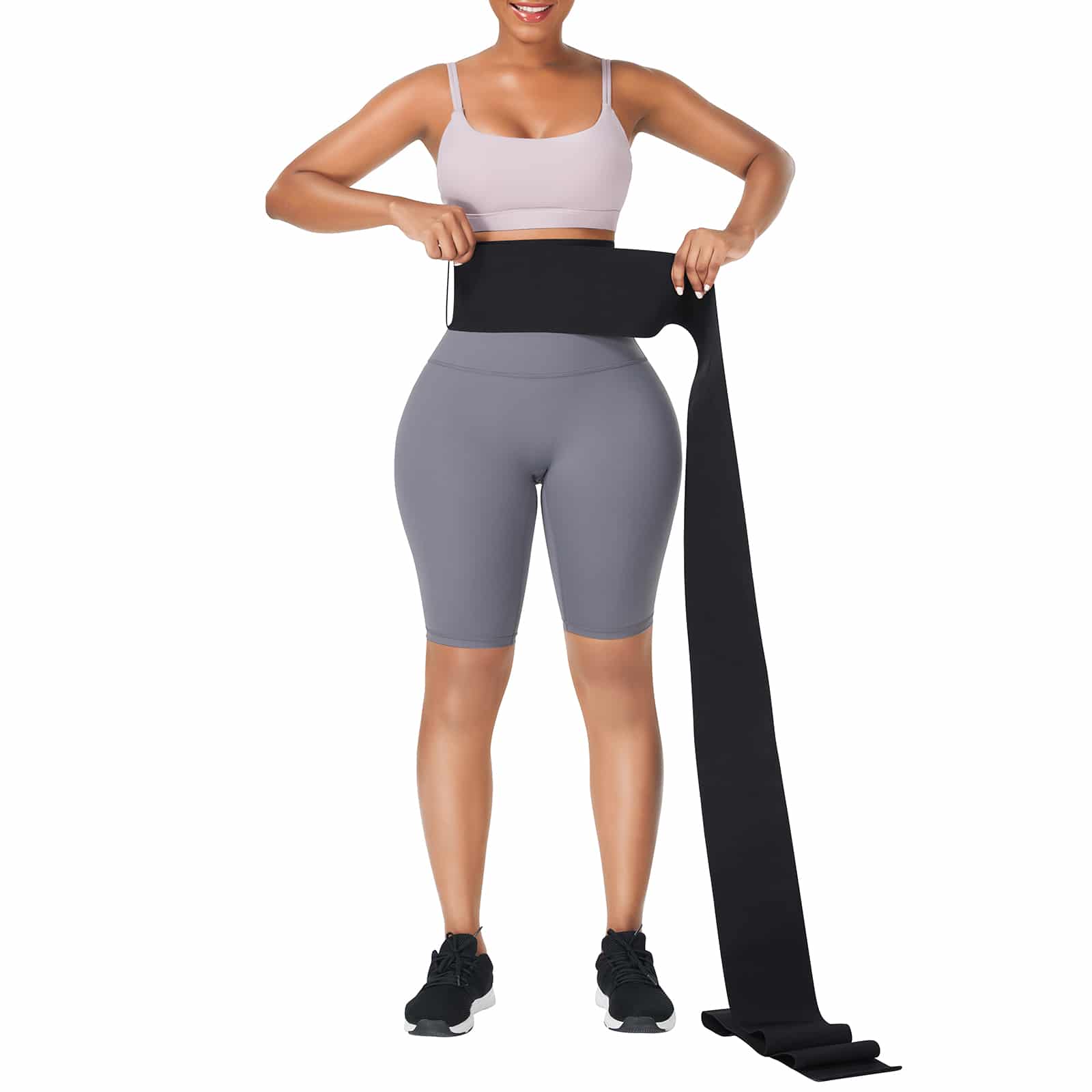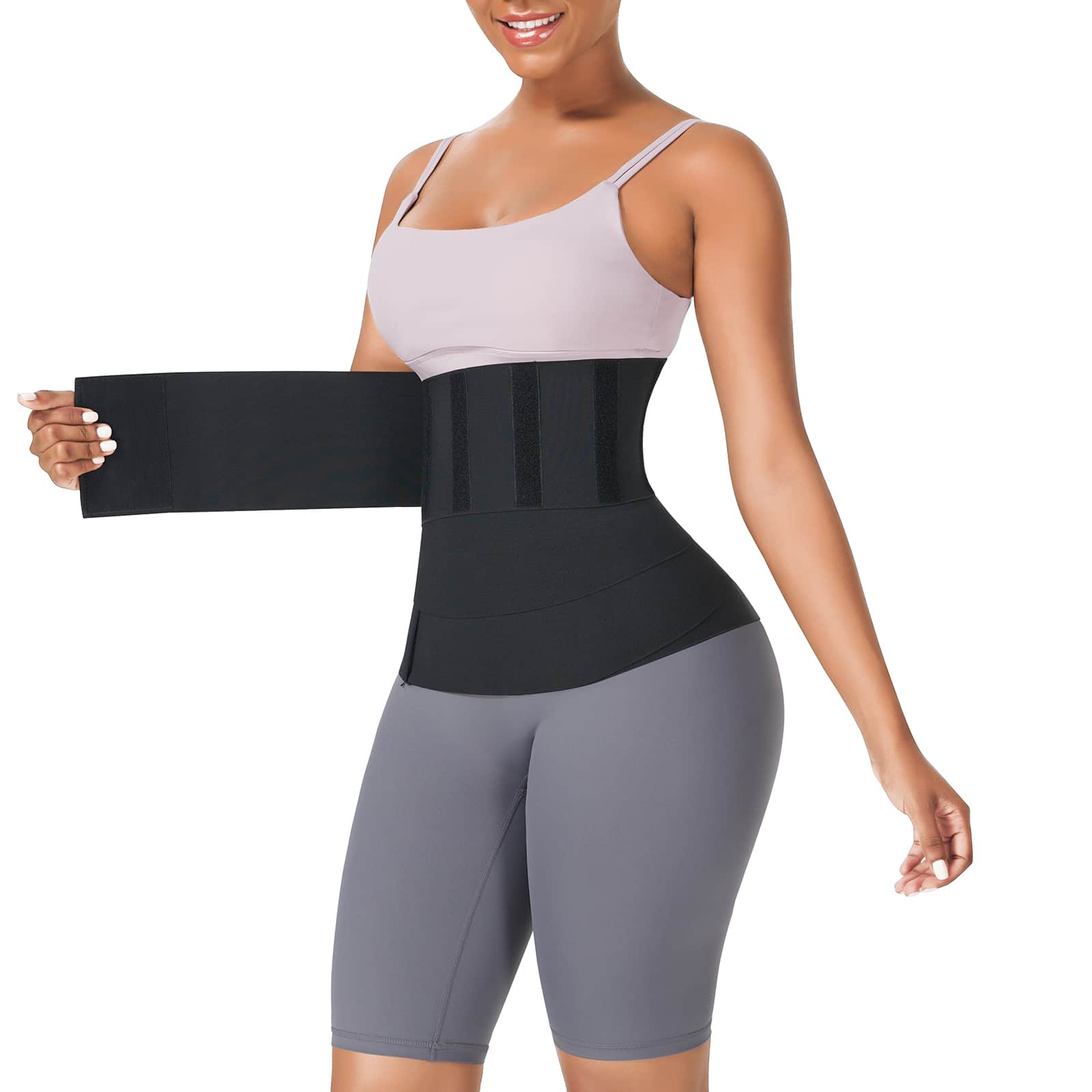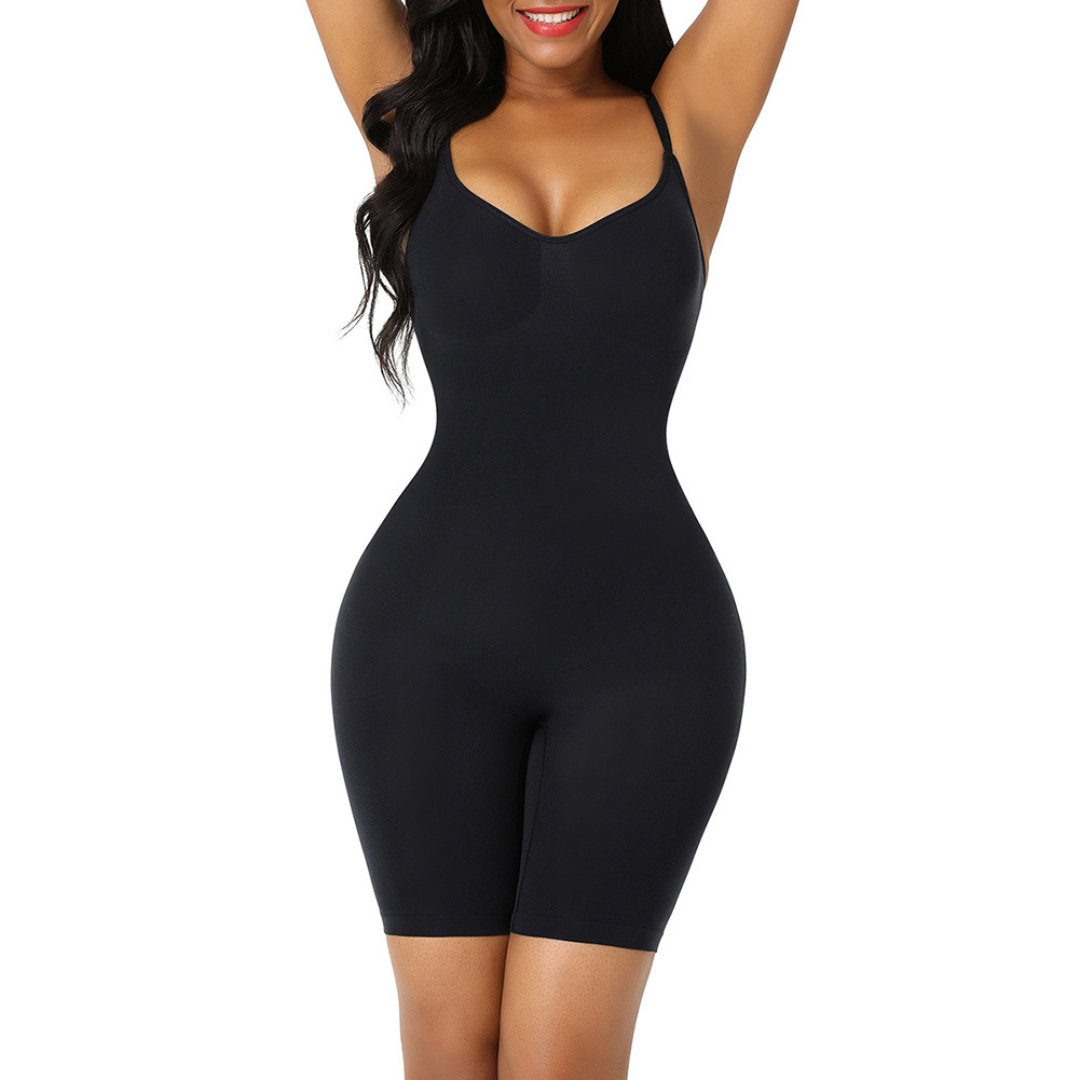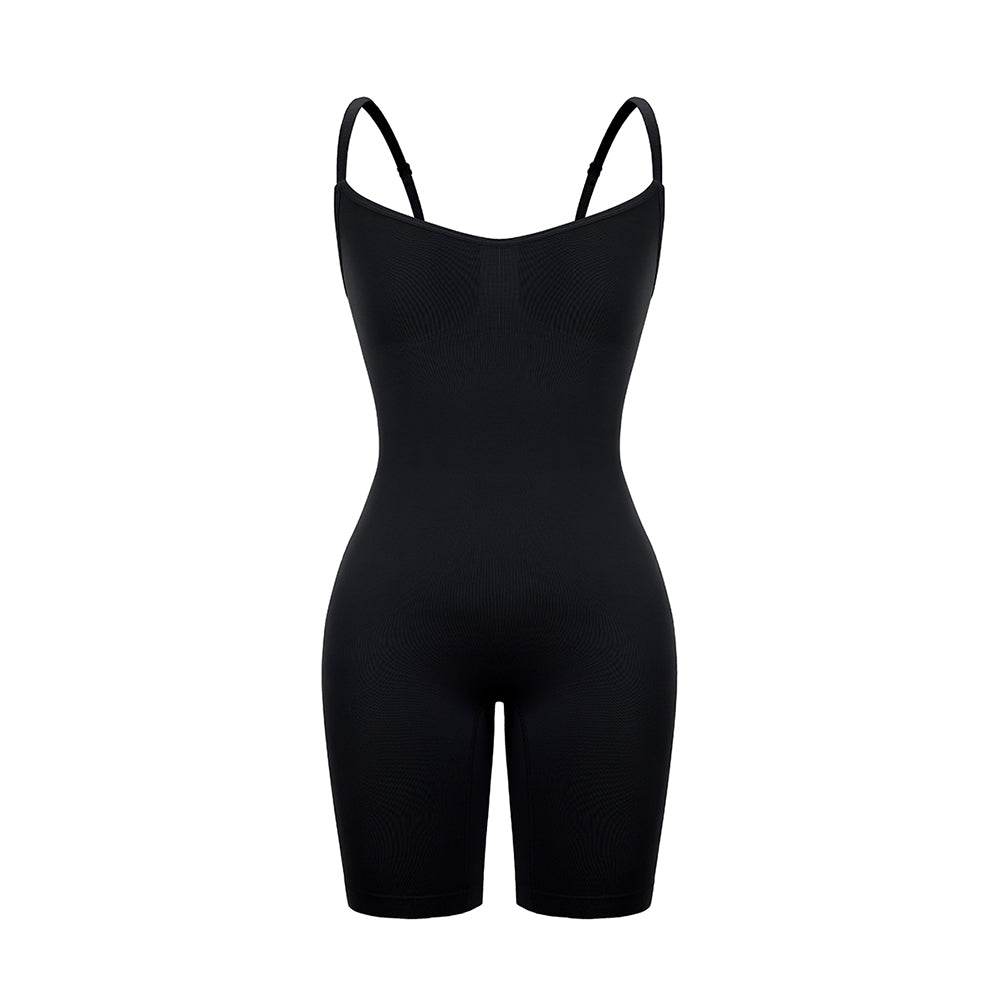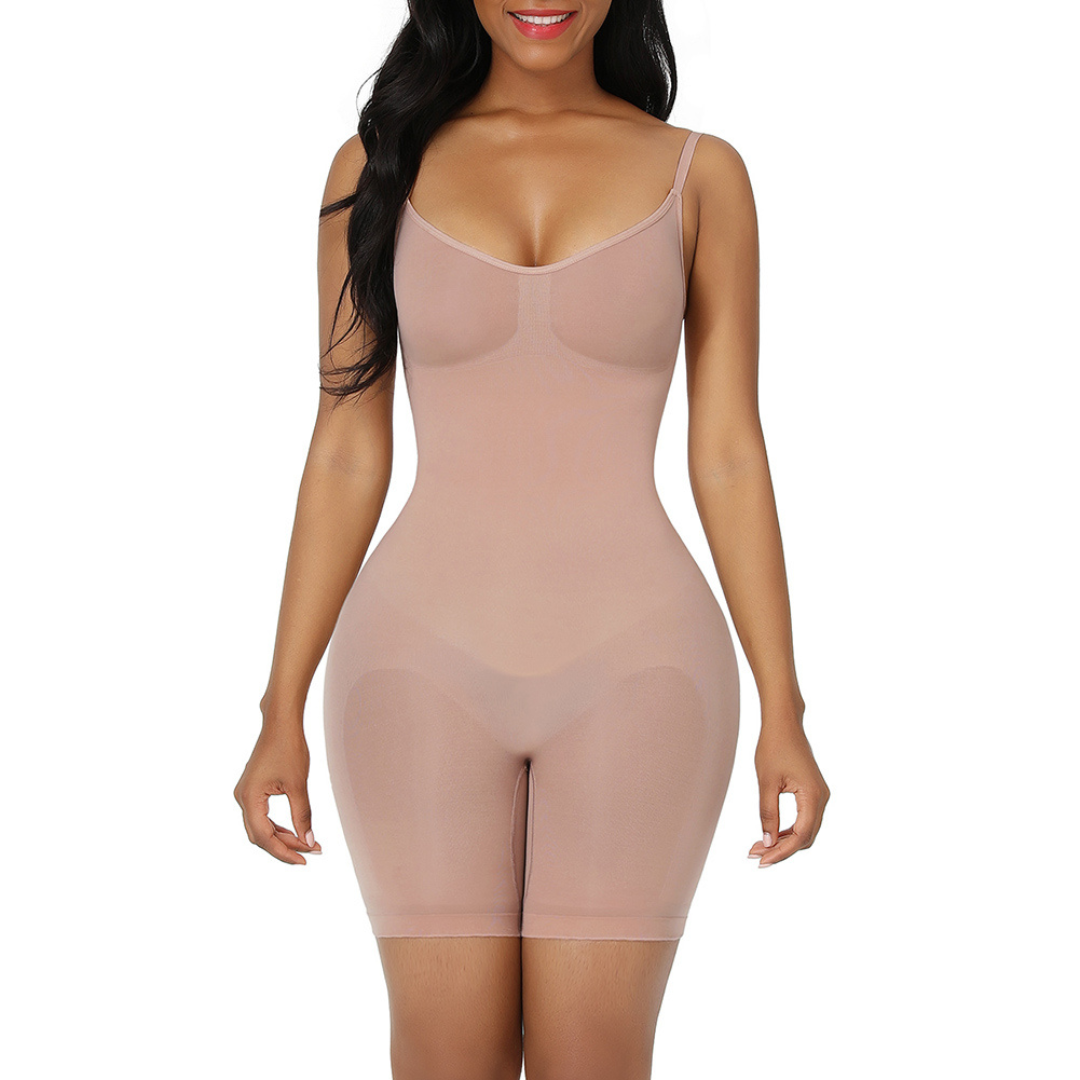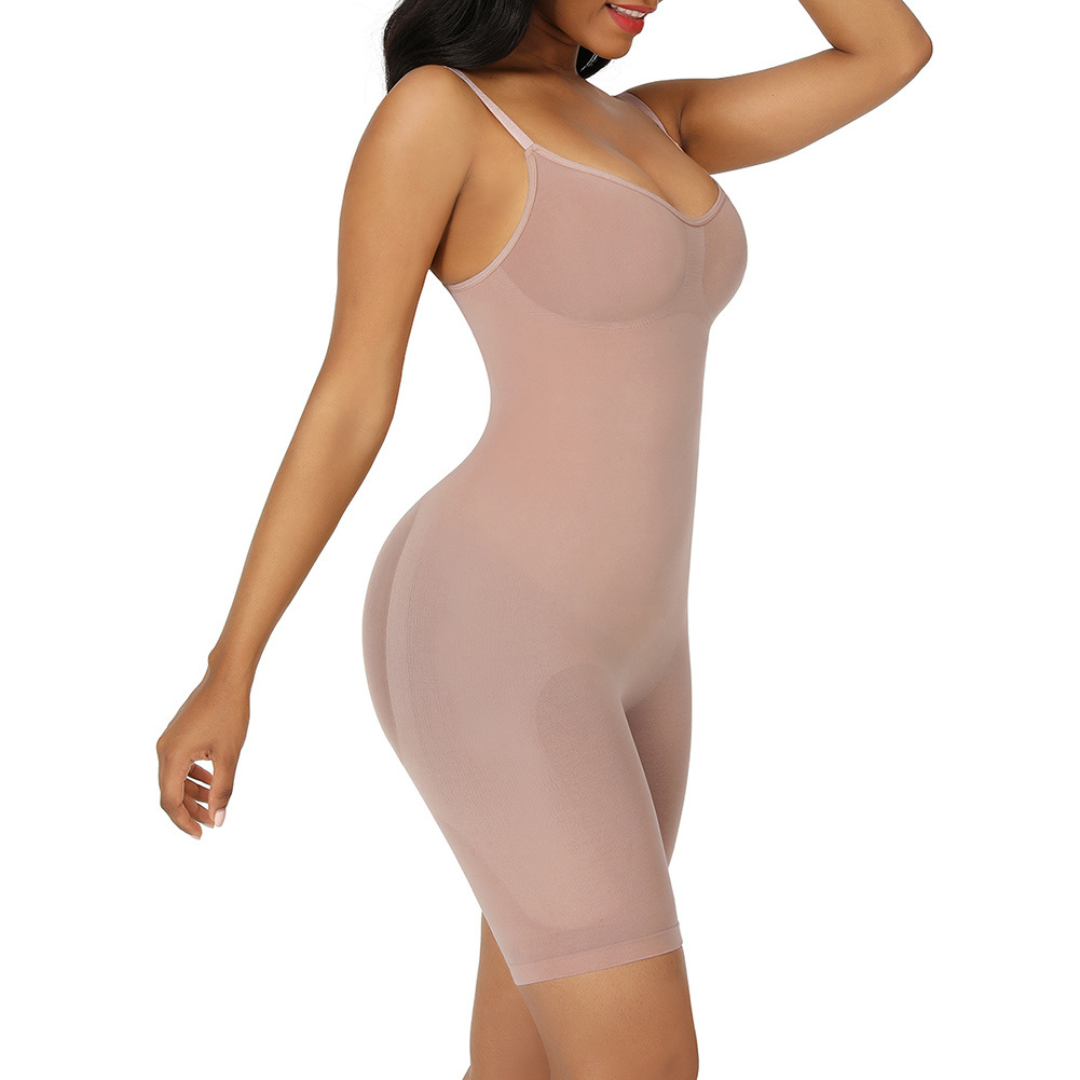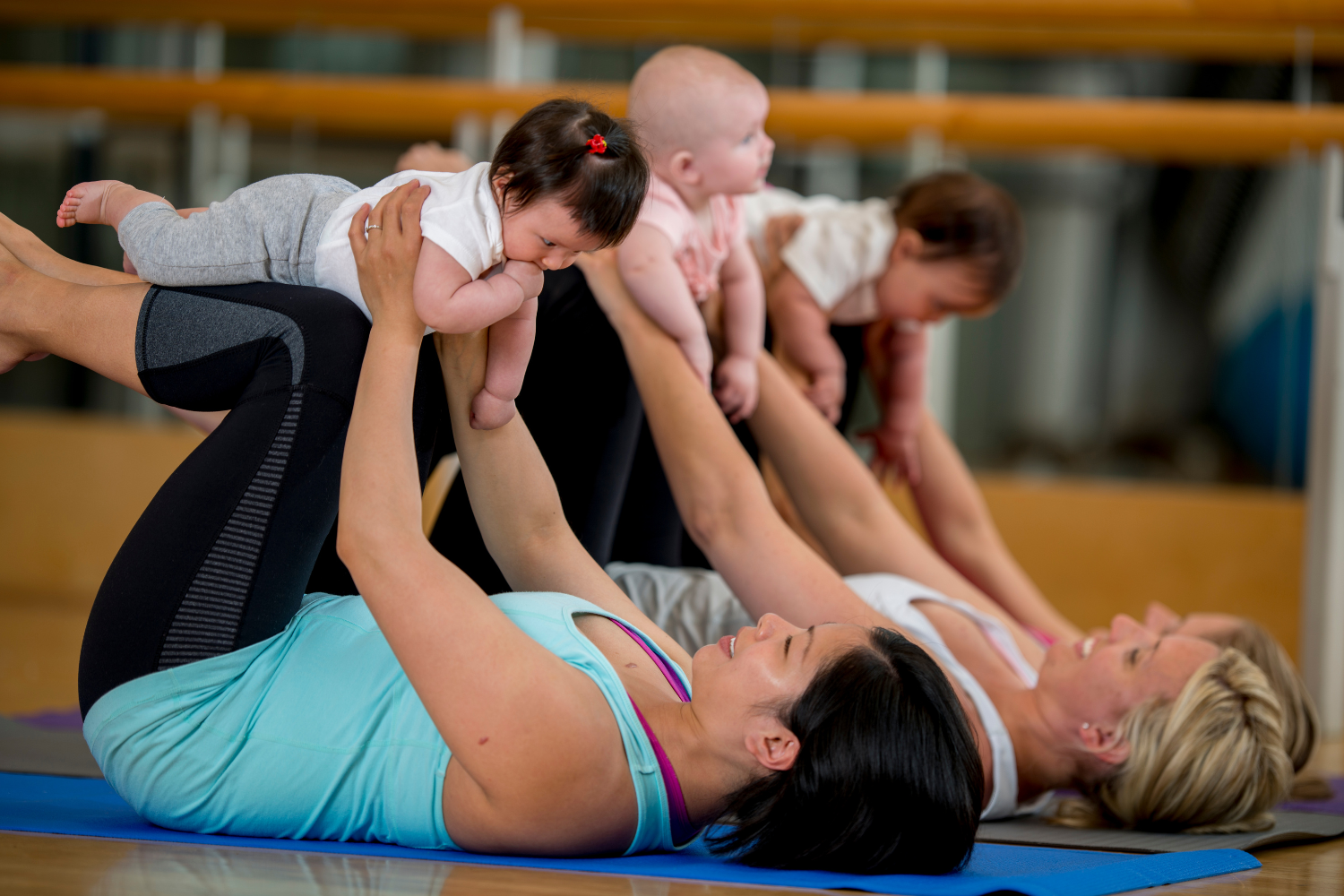
Ditching the "Mummy Pooch": Understanding and Addressing Postpartum Abdominal Changes
So you’ve just become a mum, or maybe you’ve been blessed with a football team of little ones. Becoming a mother is a transformative experience that brings joy, love, and new challenges, no matter if it is your first or you have multiple children. While the focus is often on the well-being of the newborn, it's crucial not to overlook the physical changes that occur in a woman's body post pregnancy, particularly in the abdominal region. One common concern that many new mothers face is the development of the so-called "mummy pooch."
The Anatomy of the Postpartum Belly
Before we explore the causes of the "mummy pooch," it's essential to understand the changes that occur in a woman's abdominal region during and after pregnancy. The abdominal muscles, specifically the rectus abdominis, commonly referred to as the "six-pack" muscles, undergo significant stretching to accommodate the growing baby. Additionally, the linea alba, the connective tissue that runs down the center of the abdomen, may become more flexible.
What Causes the "Mummy Pooch"
-
Diastasis Recti: One primary factor contributing to the development of the "mummy pooch" is diastasis recti, a condition where the left and right halves of the rectus abdominis separate. This separation weakens the abdominal muscles, causing the characteristic bulging or protrusion of the lower belly. Diastasis recti is a natural part of pregnancy, but when the muscles don't fully come back together postpartum, it can lead to the persistence of the "mummy pooch."
-
Hormonal Changes: During pregnancy, the body experiences significant hormonal fluctuations, including elevated levels of relaxin, a hormone that loosens ligaments to prepare the body for childbirth. While crucial for the birthing process, relaxin can contribute to increased joint flexibility and affect abdominal muscle tone, making it more challenging for some women to regain pre-pregnancy abdominal strength.
-
Posture and Alignment: Changes in posture and alignment are often overlooked factors in the development of the "mummy pooch." Carrying the extra weight of the baby, coupled with the demands of breastfeeding and caring for a newborn, can lead to poor posture. Over time, this can contribute to a protruding belly and weakened core muscles.
Addressing the "Mummy Pooch"
-
Postpartum Exercises: Engaging in targeted postpartum exercises is crucial for rebuilding abdominal strength. Exercises that focus on the transverse abdominis, pelvic floor, and oblique muscles can help alleviate diastasis recti and improve overall core stability. Consultation with a Womens Health physiotherapist or postpartum fitness specialist can provide personalised guidance.
-
Pelvic Floor Rehabilitation: Pelvic floor health is closely linked to abdominal strength. Pelvic floor exercises, such as Kegels, can help improve muscle tone and support the abdominal region but it’s important to understand that Kegels will only exercise one part of your Pelvic Floor (that you might not even need to be doing). This is why we strongly recommend a consultation postpartum with a pelvic health / Women’s Health physiotherapist for personalised exercises and expert advice.
-
Proper Nutrition: A balanced and nutritious diet is essential for postpartum recovery. Adequate hydration, along with a diet rich in nutrients, supports overall health and can contribute to the body's natural healing processes.
-
Posture Support: Once you have been given clearance by your health professional post birth to start exercising again, wearing a waist trainer or postpartum support band can help your posture, allowing your weakened core muscles to repair.
The "mummy pooch" as it is known, is a common postpartum concern that many mothers face. Understanding the contributing factors, such as diastasis recti, hormonal changes, and posture, is the first step toward addressing and embracing these changes. By incorporating targeted exercises, seeking professional guidance, and prioritising your overall well-being, you can work towards rebuilding strength and achieving a sense of balance in your postpartum body. It's essential to remember that every woman's journey is unique, and the path to postpartum recovery may vary. And do not forget, embracing these changes with patience and self-compassion is a crucial aspect of the postpartum experience. Be kind to yourself and your body - it has done amazing things.
WAIST TRAINERS & SWEAT BELTS


